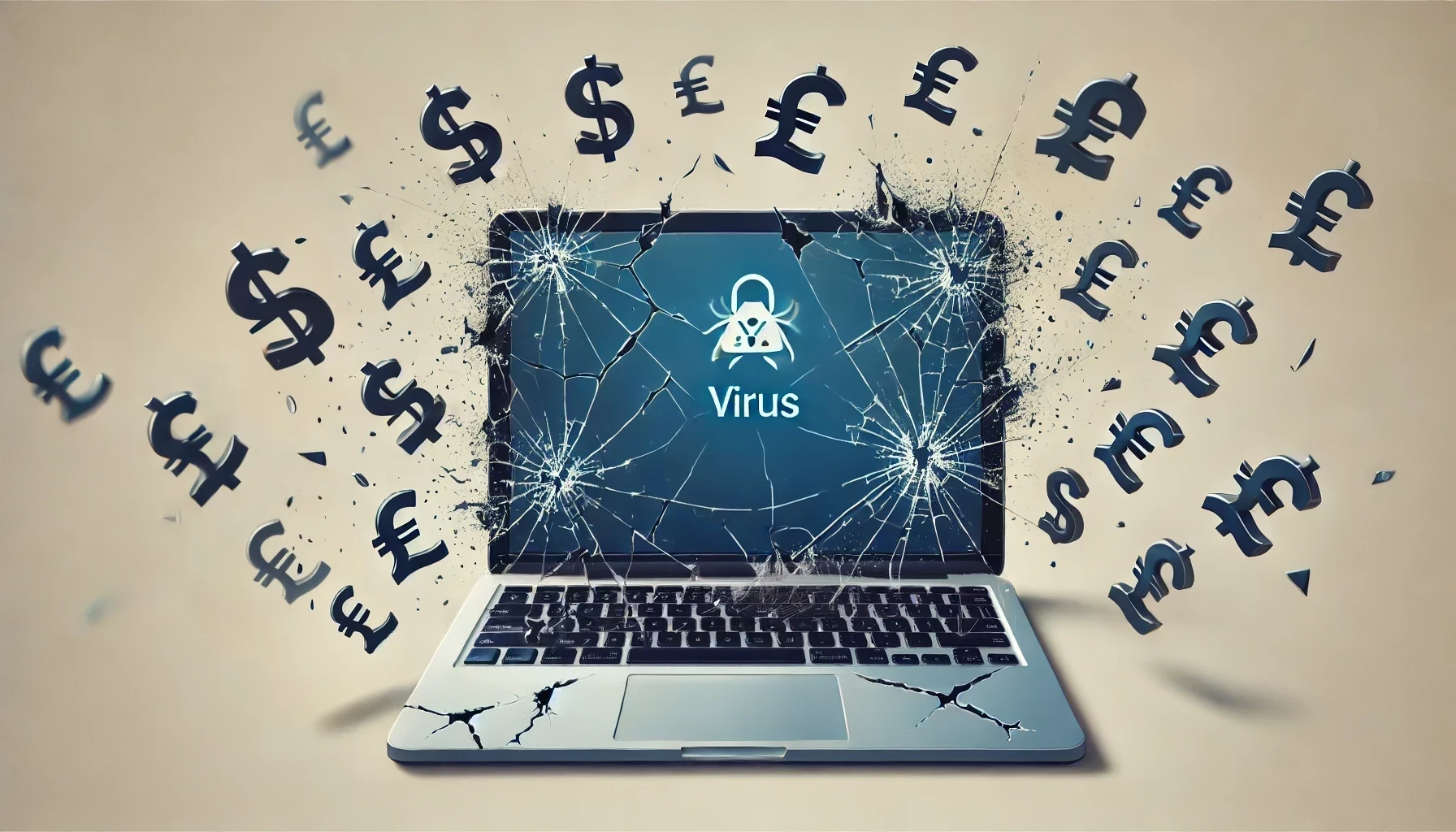What is cybersecurity monitoring? How important is it in 2024?

Posted on April 29, 2024 by Louise Howland
Cybersecurity monitoring involves the continuous observation and analysis of an organisation’s digital assets and infrastructure to detect and respond to potential security threats and data breaches. Given that cyberattacks can occur at any time, cybersecurity monitoring is a vital weapon in the evolving war against hackers and cybercrime.
Every business requires a robust cybersecurity monitoring solution to protect it from damaging cyberattacks and data breaches. Typically, this involves taking a proactive approach using a combination of human vigilance and specialised software that constantly scan network activities, user behaviours, and system vulnerabilities, 24/7.
This article will explain what cybersecurity monitoring is and the crucial role it plays in combating cybercrime.
Why is cybersecurity monitoring important?
Cybersecurity monitoring is essential for identifying and thwarting cyber threats, unauthorised access, data breaches, and other malicious activities. With cybercrime which includes crimes such as IP theft and industrial espionage costing UK businesses an estimated £27 billion each year, there has never been a greater need for dependable and failsafe cybersecurity monitoring.
Using software tools such as real-time detection, cybersecurity monitoring constantly scans for vulnerabilities and weaknesses in IT systems and networks that cybercriminals try to exploit in order to steal passwords, data, or money.
Without cybersecurity monitoring software, businesses leave themselves wide open to costly cyberattacks and the enormous damage they can cause to both finances and reputation.
What are the 7 key features of cybersecurity monitoring software?
Cybersecurity monitoring software helps maintain the integrity, confidentiality, and availability of digital assets, helping organisations safeguard their information, data, and systems from increasingly sophisticated cyber threats. It works by detecting anomalies and suspicious patterns around the clock to protect businesses from cyber attacks and take immediate action should they occur.
The 7 key features of cybersecurity monitoring software are:
1. Real-time cyber threat detection
Hackers don’t operate 9-5 in line with most company opening hours – they’re trying to steal your data all the time, every day of the week. Therefore, your cybersecurity monitoring software must also work 24/7 to protect your data and systems. By continuously monitoring network traffic, employee activity, system logs, and other data sources, cybersecurity monitoring detects all forms of threats from malware to phishing scams in real-time.
2. Full log management
All logs within an IT system or digital suite are collated, stored, and continuously analysed by cybersecurity monitoring systems. This gives organisations a full and clear picture of activities within an IT environment and highlights any suspicious behaviour and potential cyberattacks.
3. AI enhancement
Many cybersecurity monitoring software options leverage the power of AI machine learning to strengthen an organisations digital defence against the threat of cyber criminals. It does this by spotting abnormal patterns in IT systems and digital assets that may indicate a data breach or cyberattack.
4. Suspicious behaviour alerts
For many organisations, the first sign of a cyberattack is when it’s already too late, mostly due to human error or compromised accounts. However, cybersecurity monitoring proactively looks for signs of cyber threats and any unusual user and system behaviour across a network such as out of character logins and file access. This enables organisations to pinpoint malicious activity and take positive and immediate steps to resolve the threat.
5. Cyber threat intelligence
Cybersecurity monitoring often includes software that can automatically update itself by taking the latest threat intelligence feeds from external sources. This ensures organisations are protected by up-to-date cybersecurity tactics and techniques, enhancing their ability to respond to emerging threats and new forms of cyberattacks. Not only that, but cybersecurity monitoring also features reporting tools and visual dashboards providing real-time data which helps organisations analyse the level of potential threats.
6. Automated incident response
In the event of a cyberattack or data breach, cybersecurity monitoring software will launch an immediate and effective automated response to limit the damage and protect your organisation’s digital assets. This rapid response feature also enables organisations to investigate the incident, prevent further impact, and mitigate any potential damage.
7. Total endpoint security
Cybercriminals will target any device belonging to an organisation’s IT landscape in order to breach security defences and access sensitive data. However, cybersecurity monitoring software continuously monitors servers, laptops, smartphones, and other devices to search for suspicious activity and prevent security breaches from occurring. Software does this using robust features such as anti-malware, antivirus, plus Endpoint Detection and Response (EDR).
How can I leverage cybersecurity monitoring in my business?
Your business will get maximum protection from cybercriminals when cybersecurity monitoring is accompanied by human intelligence. While both have their specific benefits, they are more effective as an integrated approach. It is this powerful combination of software and expertise that provides the best of both worlds, without overreliance on any one particular solution. They combine the adaptability and critical thinking of humans with the speed, scalability, and automation of cybersecurity monitoring software, building a resilient defence against cybercriminals.
While some organisations keep cybersecurity in-house, others outsource to a professional cybersecurity monitoring provider with expert knowledge and experience of proactive threat detection and cyber incident response. This is often the most cost-effective approach as it delivers robust security protection without the high expense involved with running your own cybersecurity team.
Similarly, around 95% of data breaches result from human error. So, despite the clear and obvious benefits of monitoring software, it is also important to provide employees with cybersecurity and phishing awareness training so that you build a strong human firewall for maximum protection against cyberthreats.
Looking to invest in cybersecurity monitoring software?
At ramsac, our secure+ is a fully managed cybersecurity monitoring solution for UK businesses of various sizes. Led by our dedicated in-house cybersecurity team, we detect data breaches as soon as they occur and take immediate action. Contact us today.







